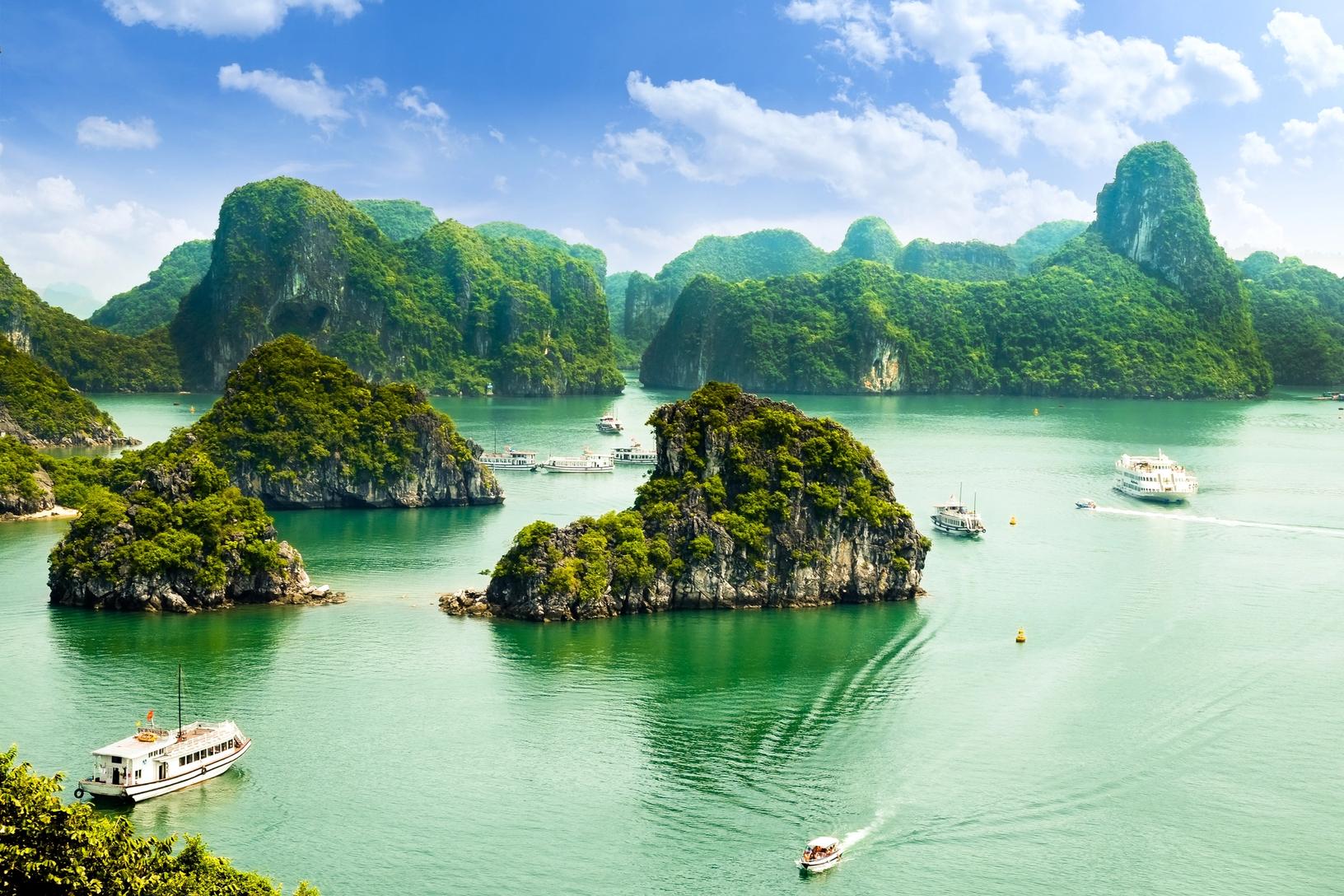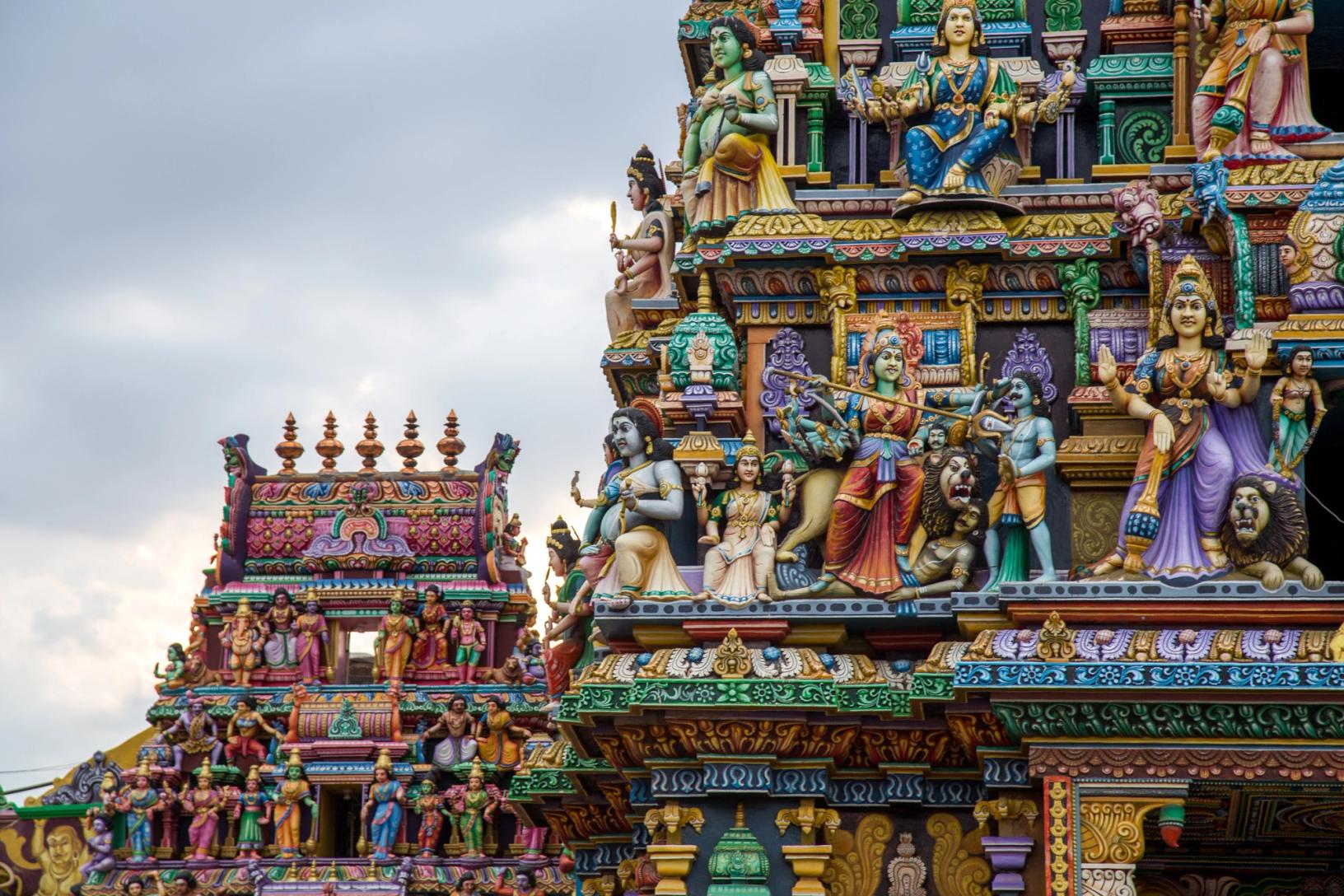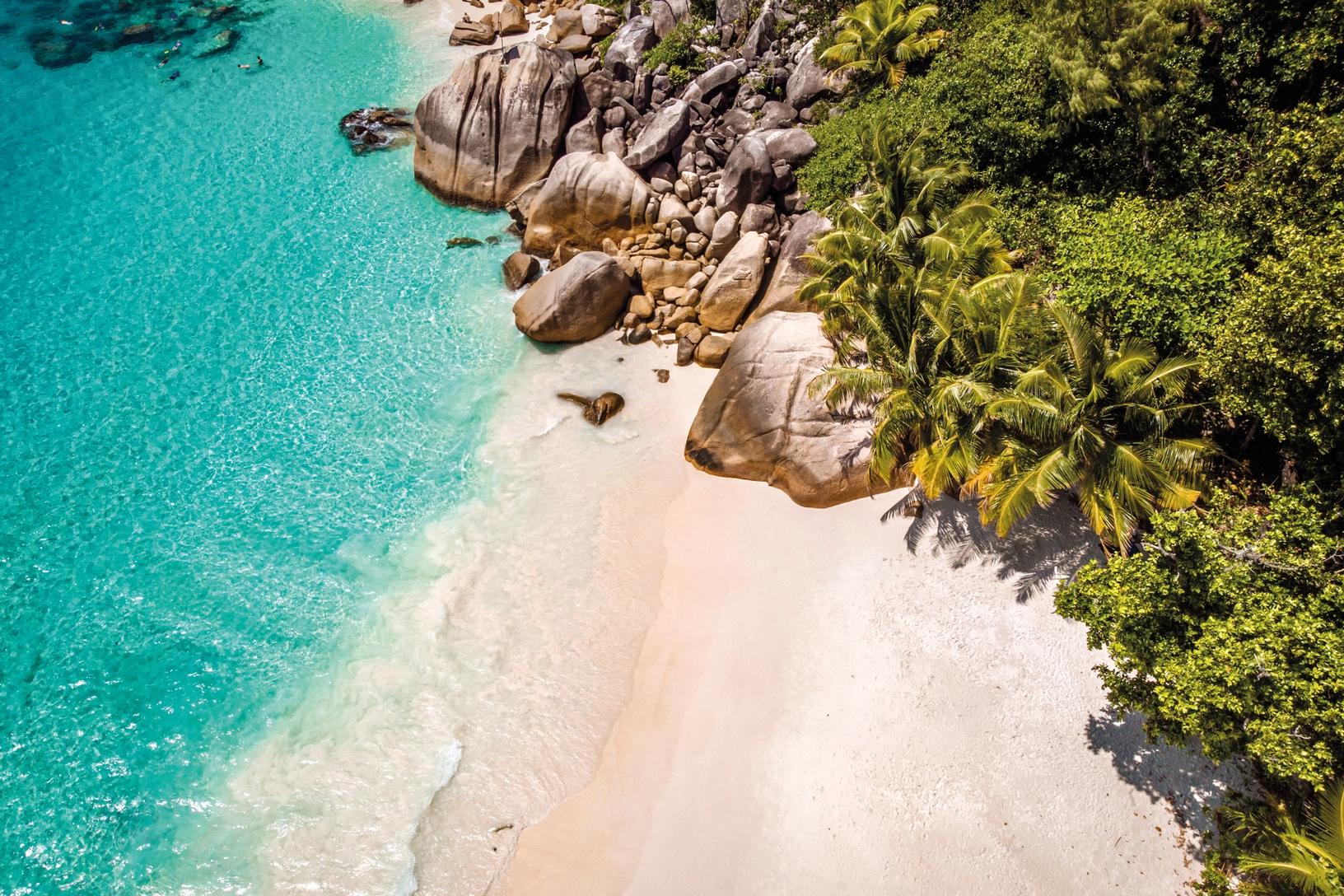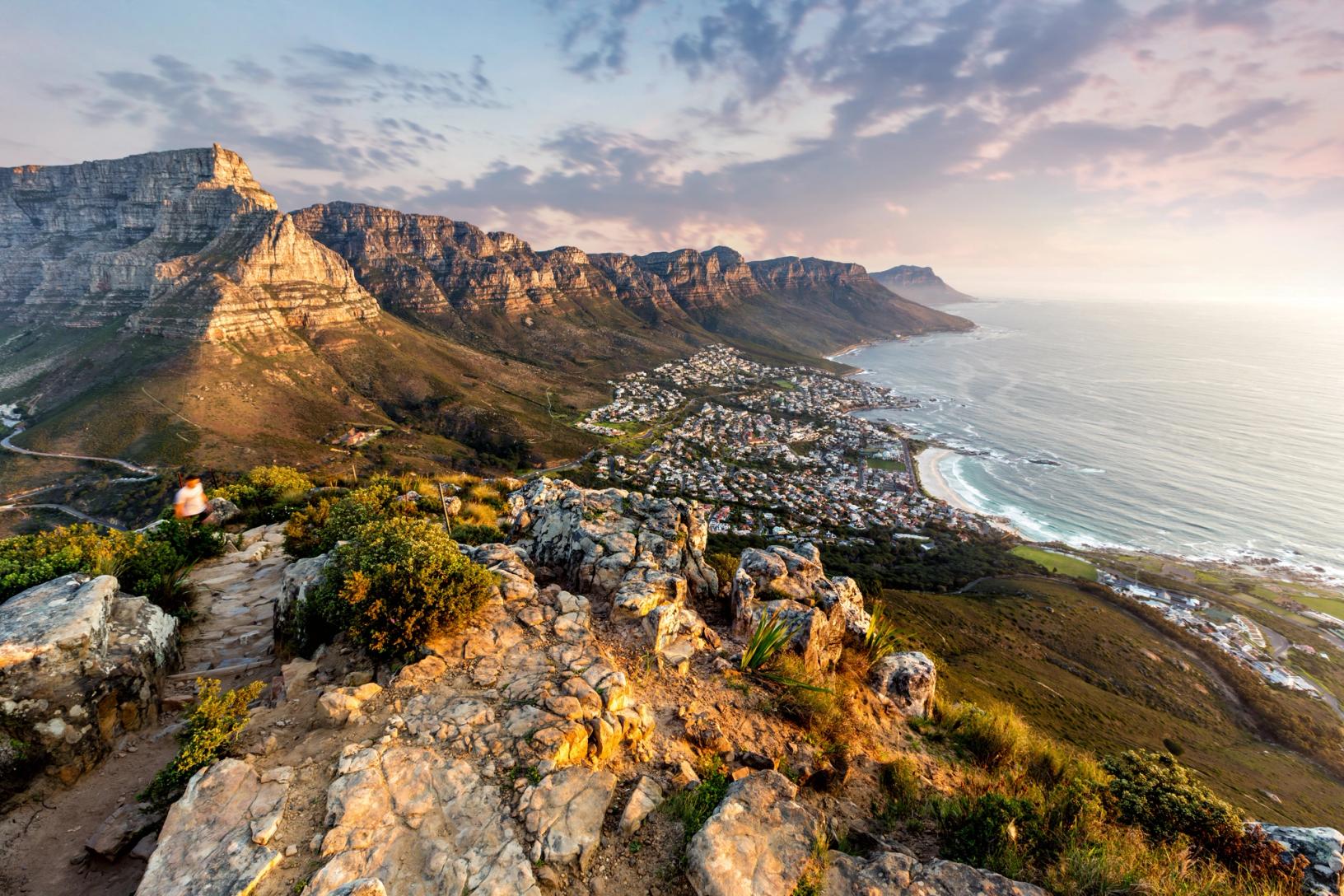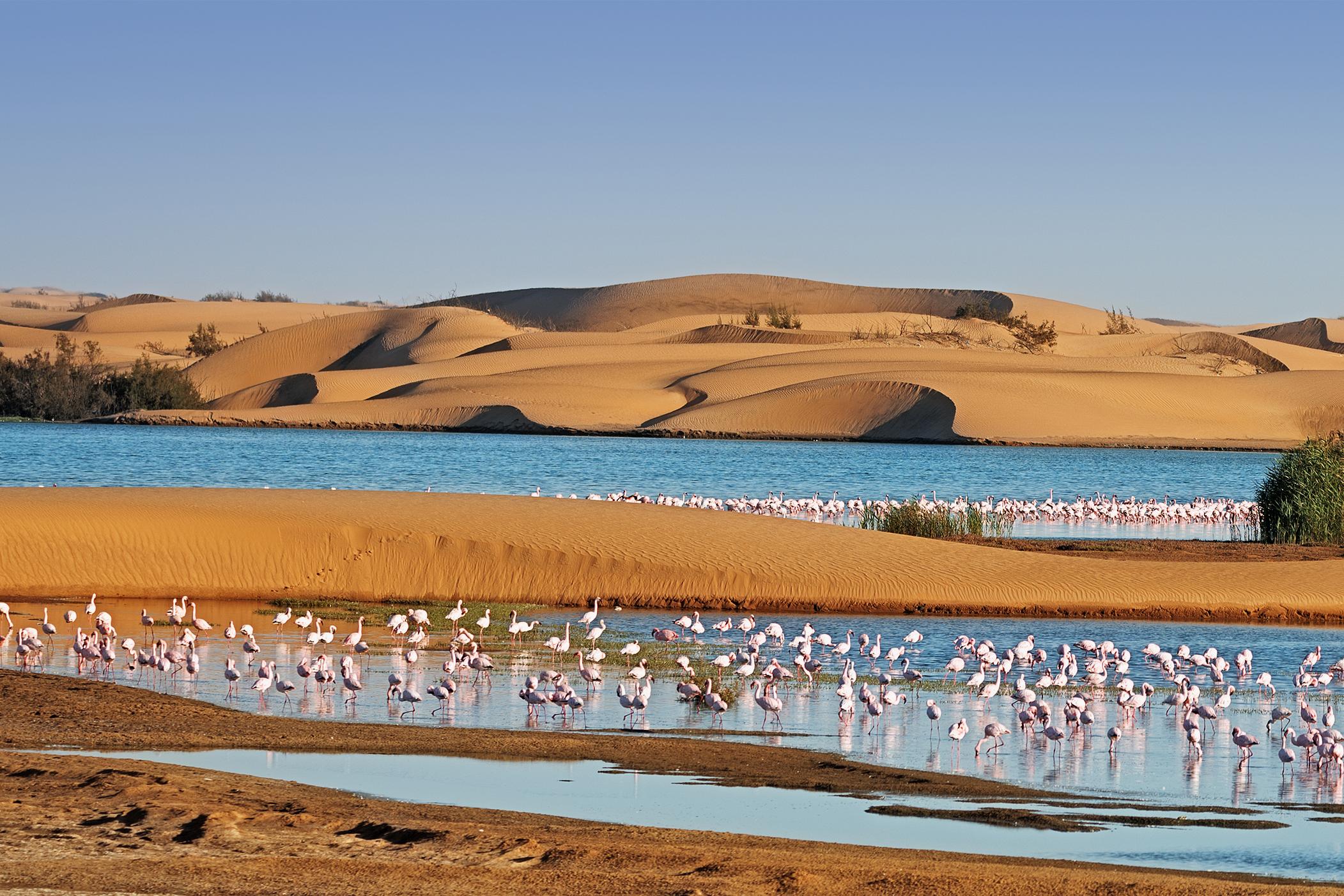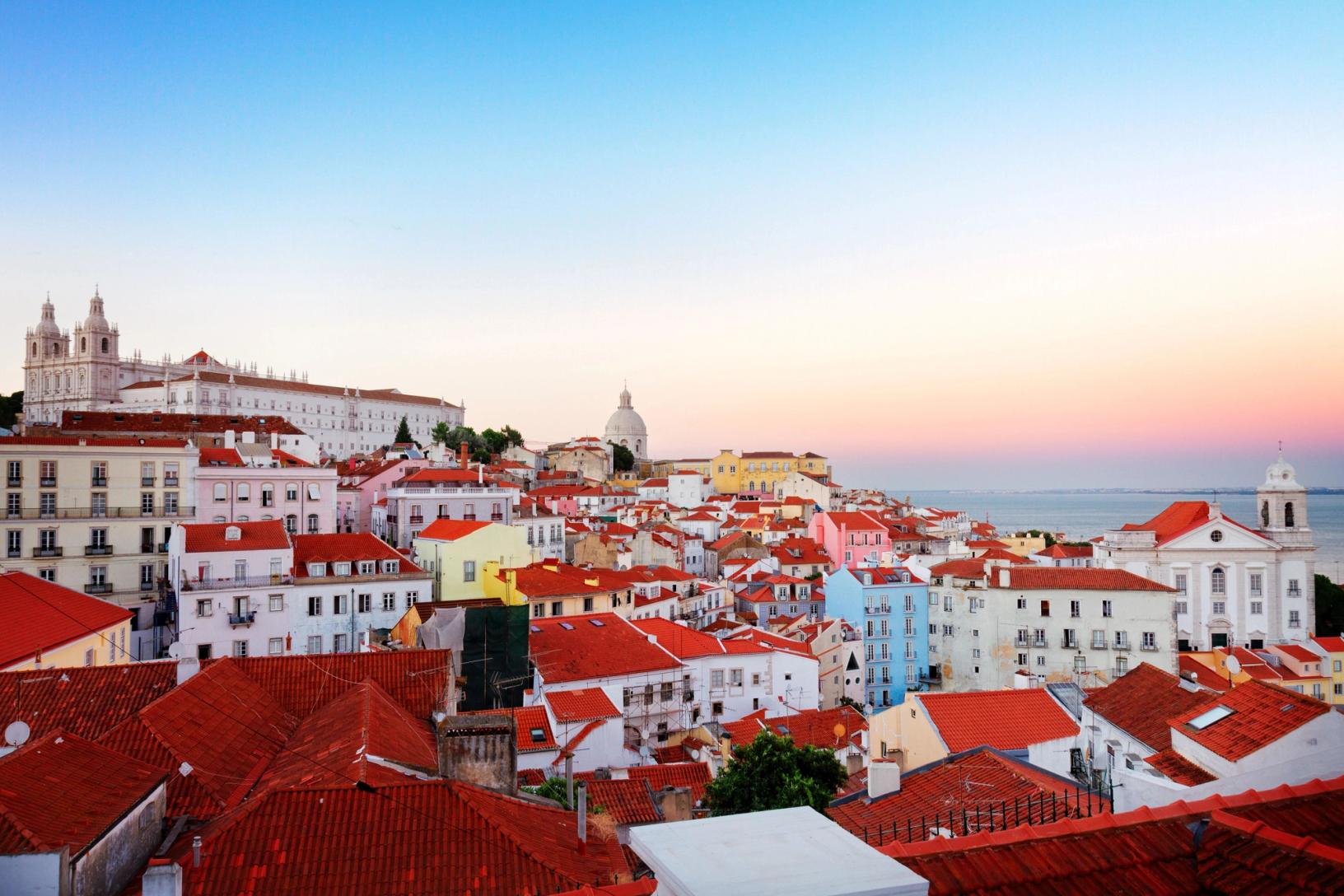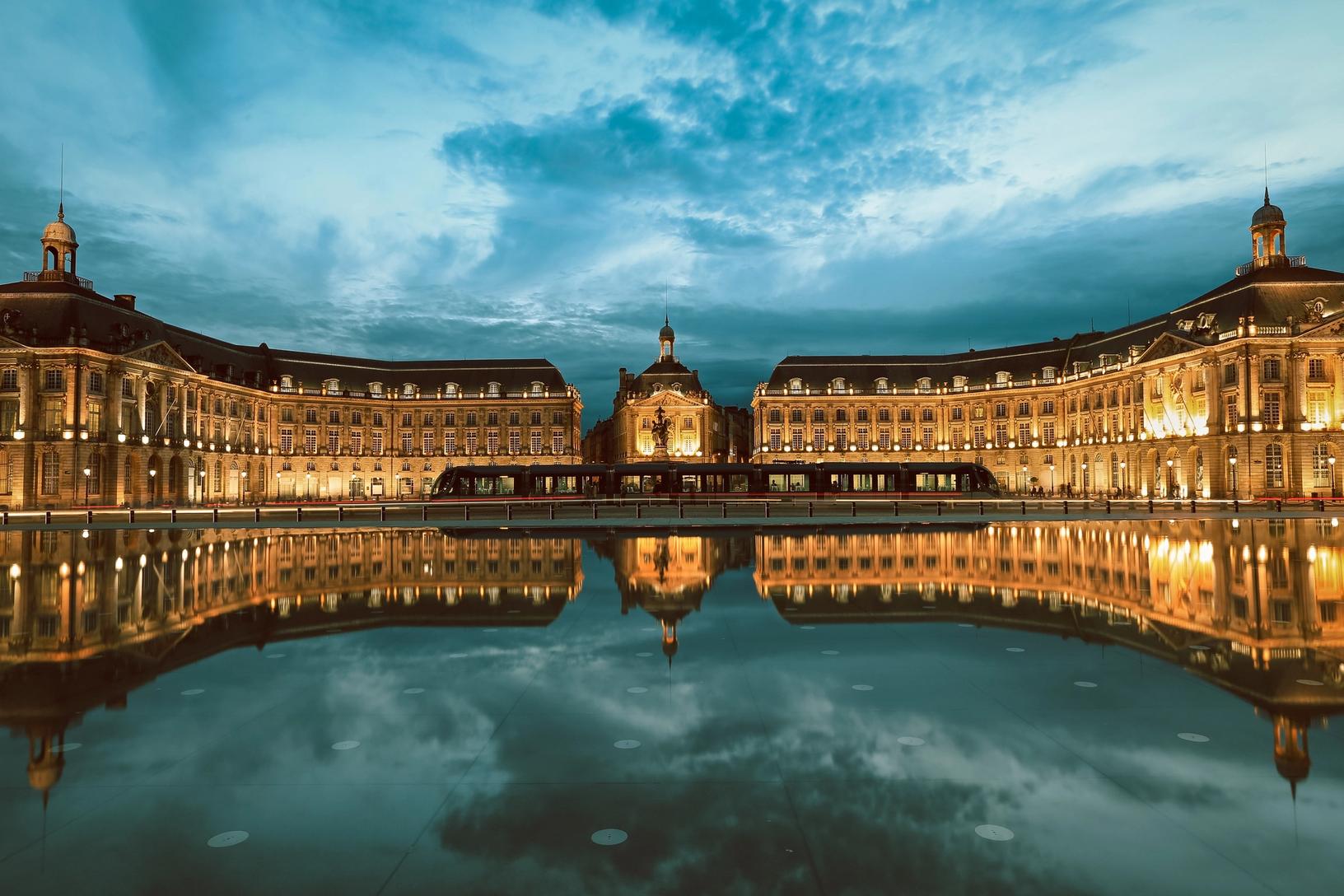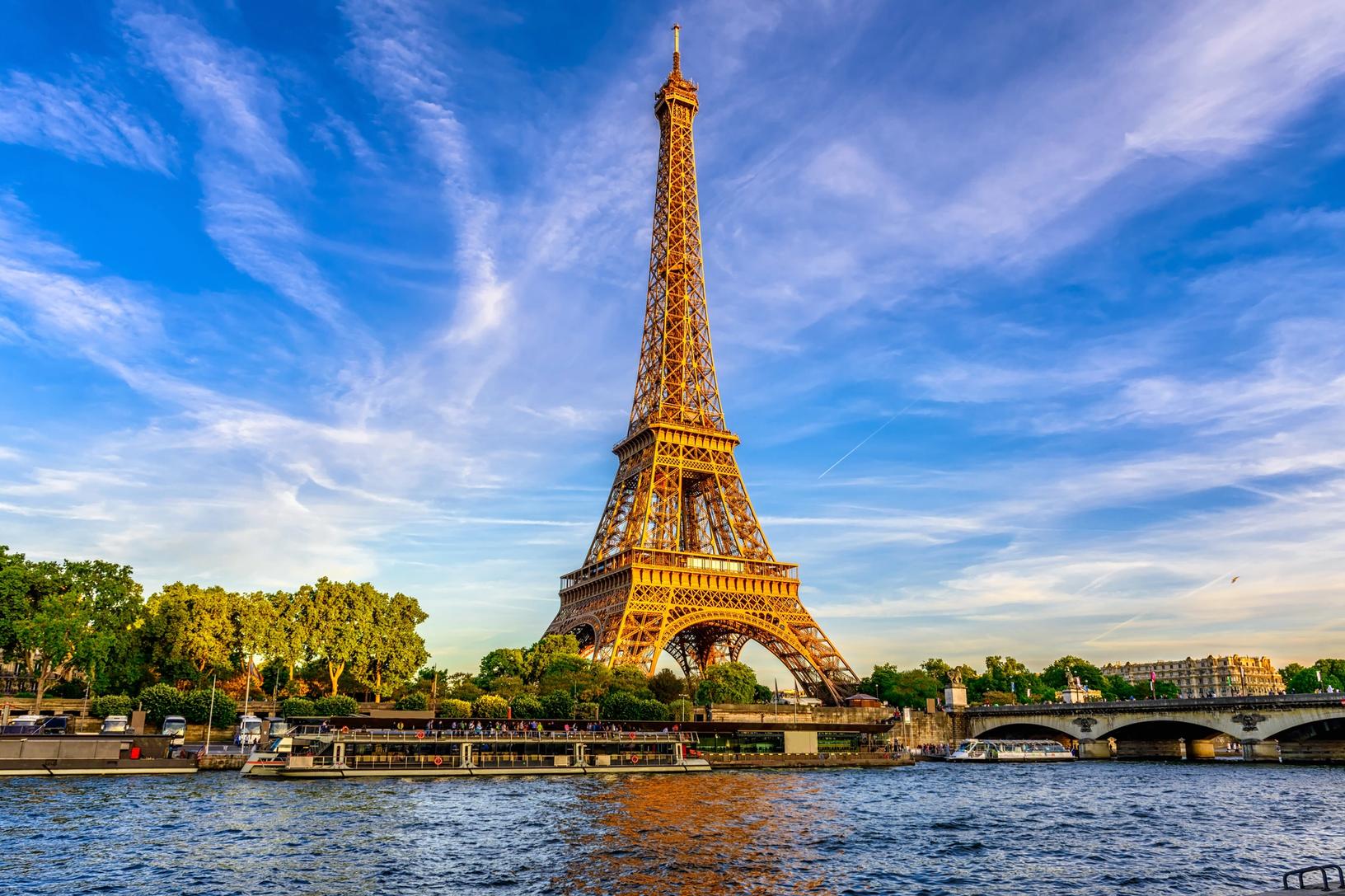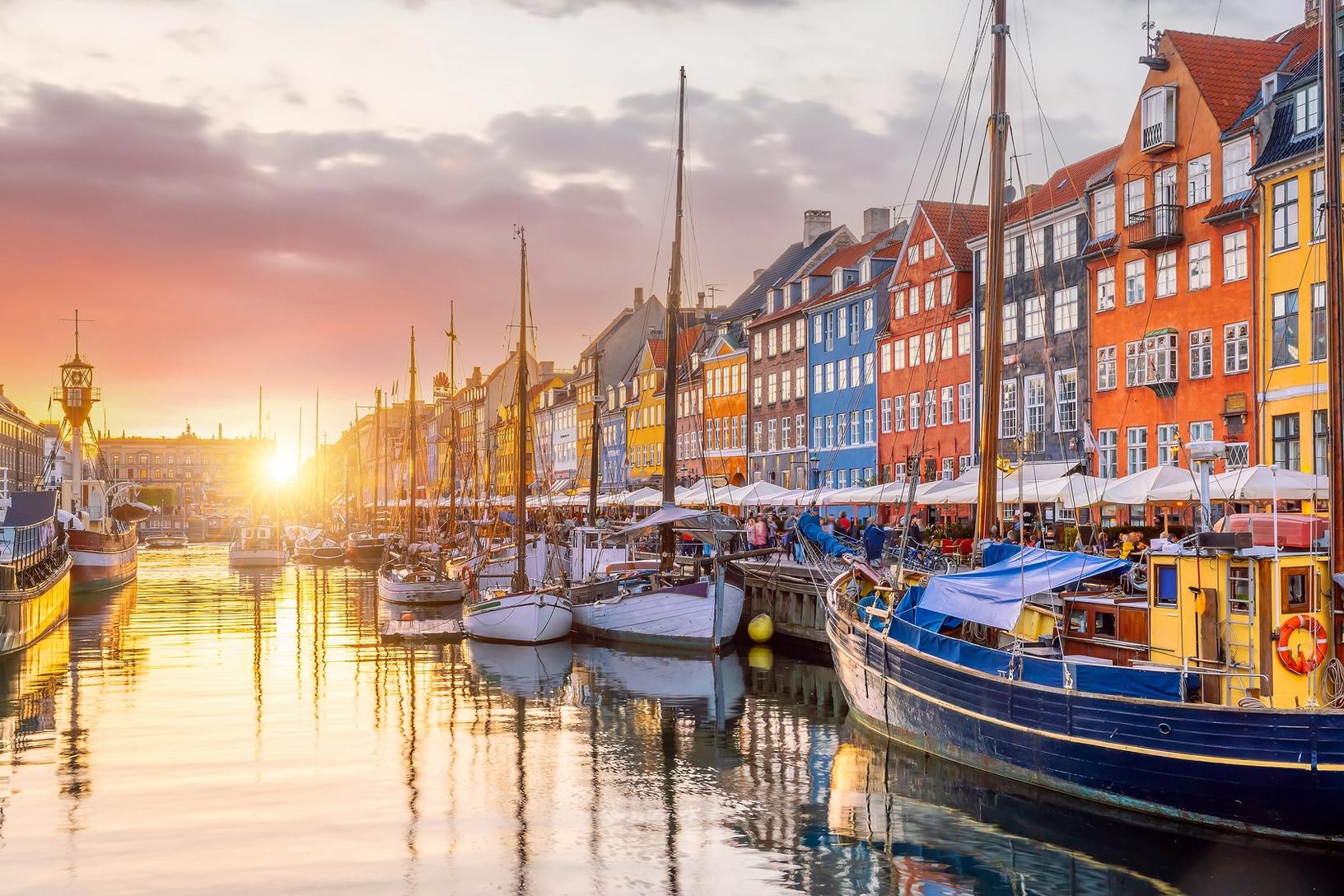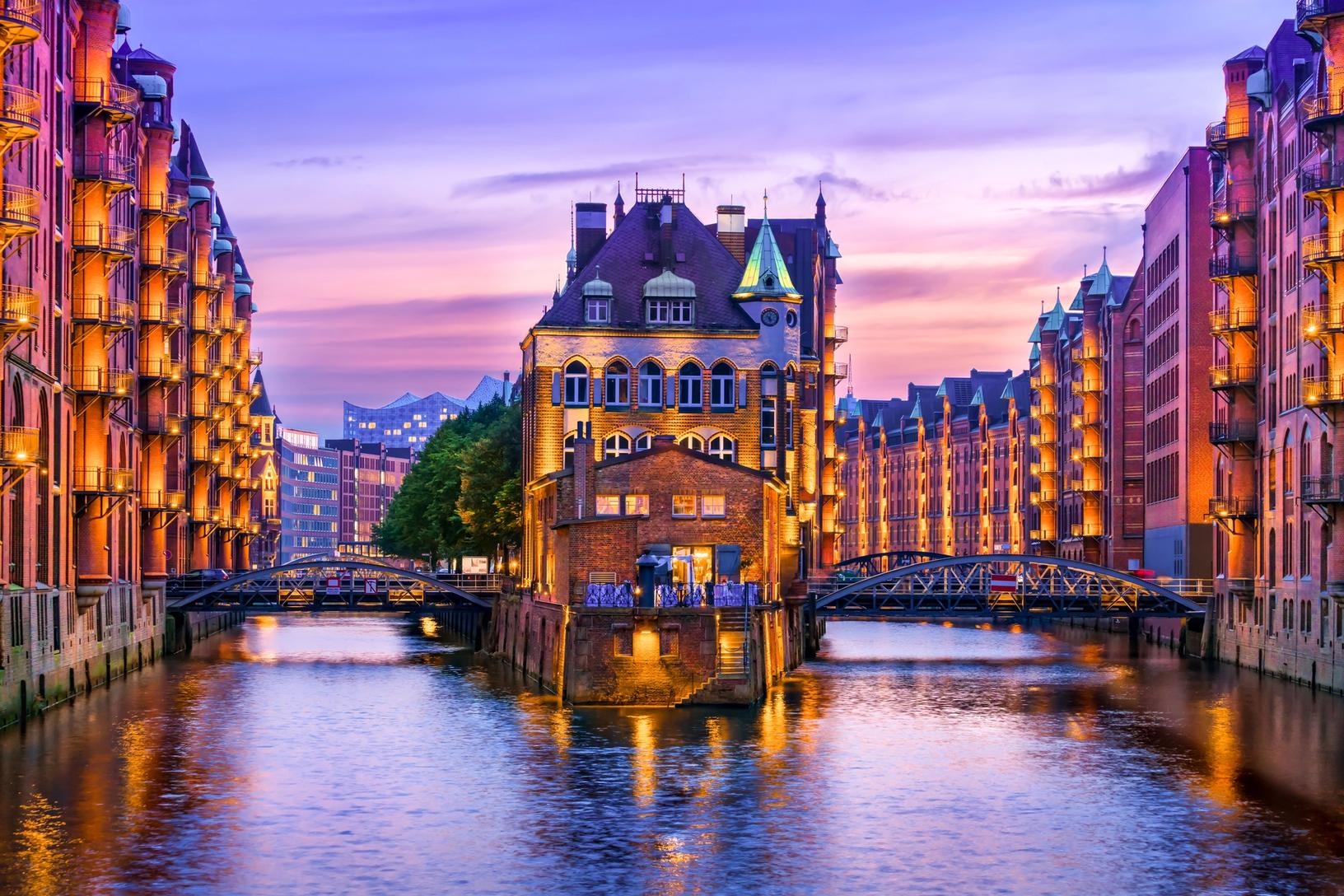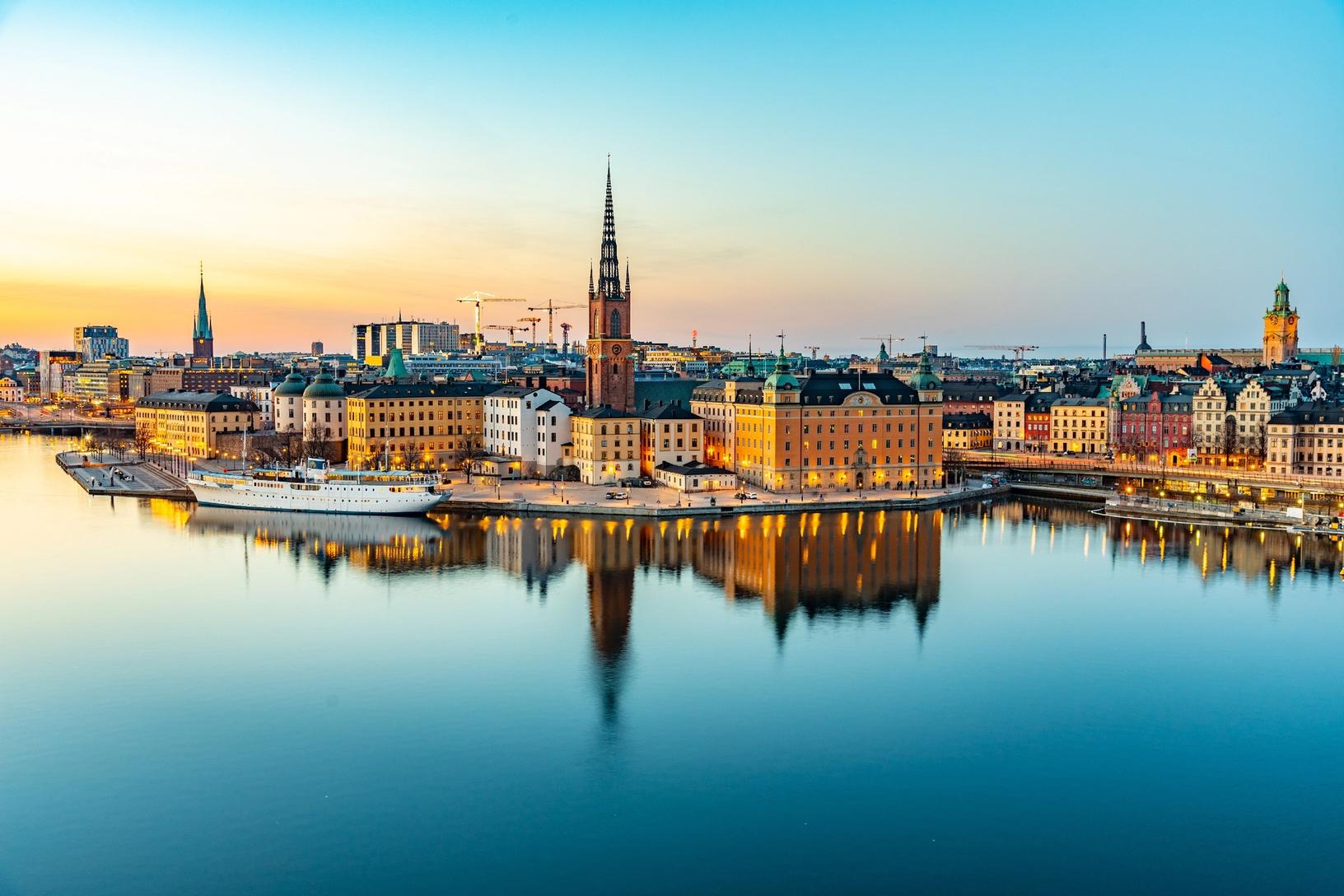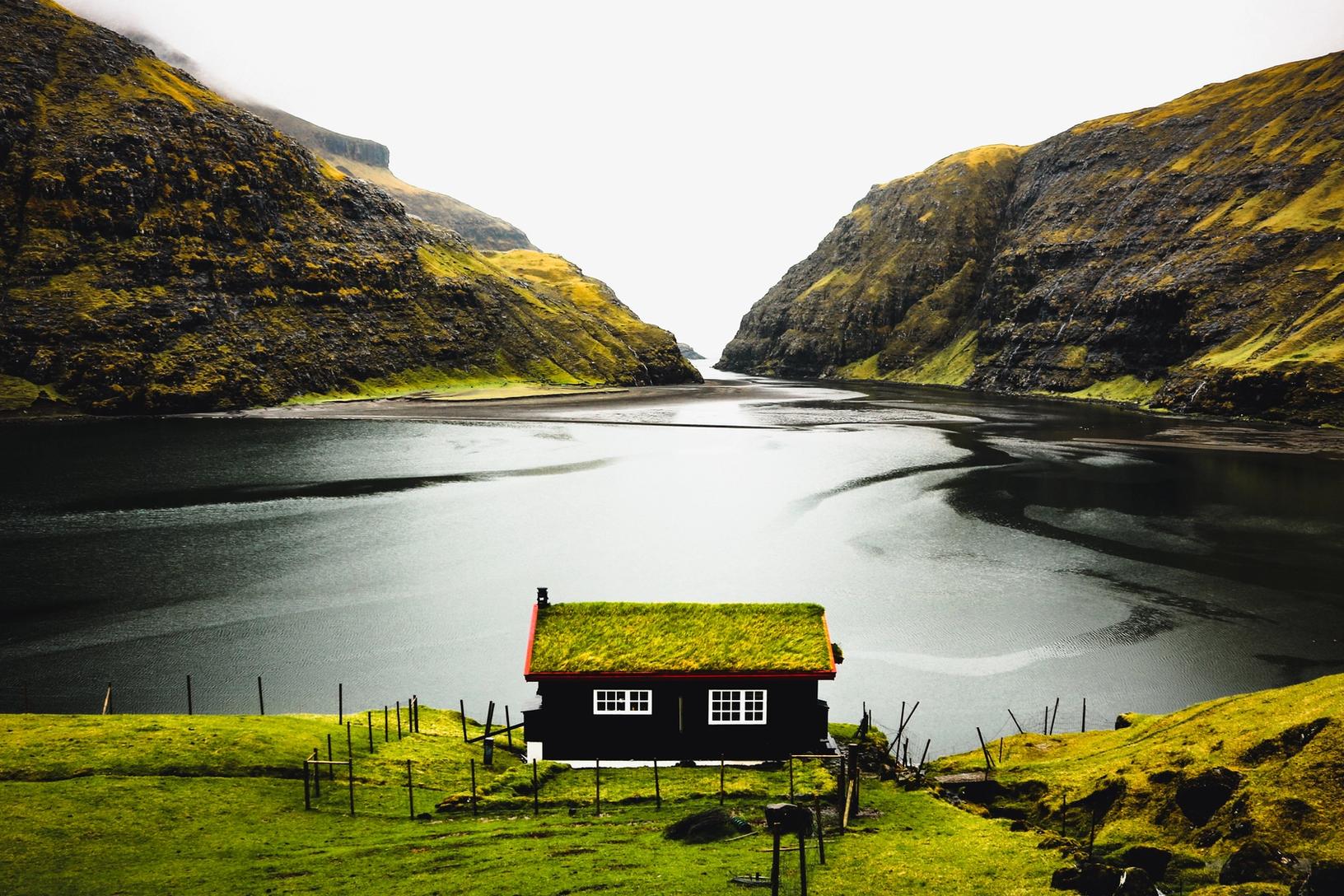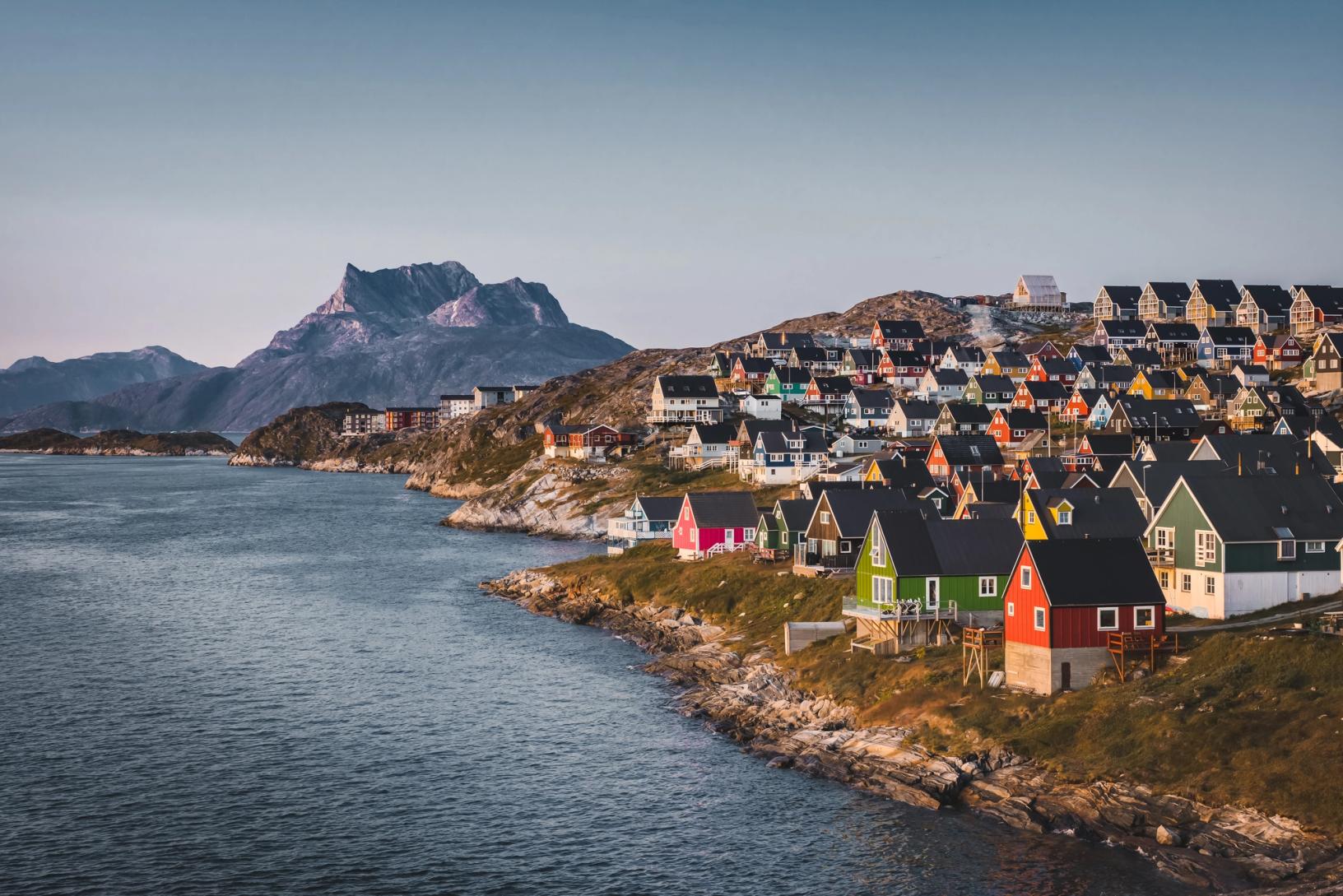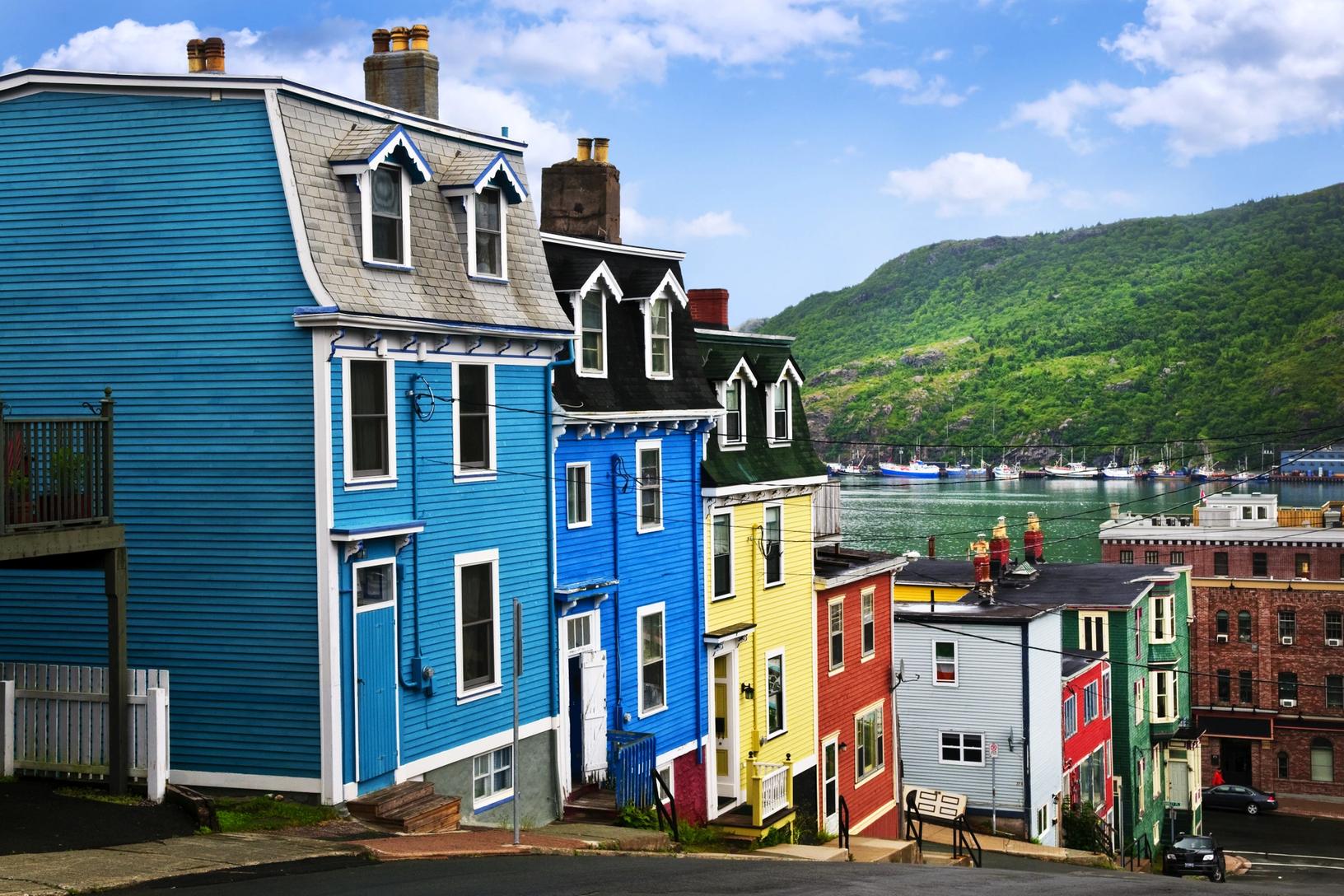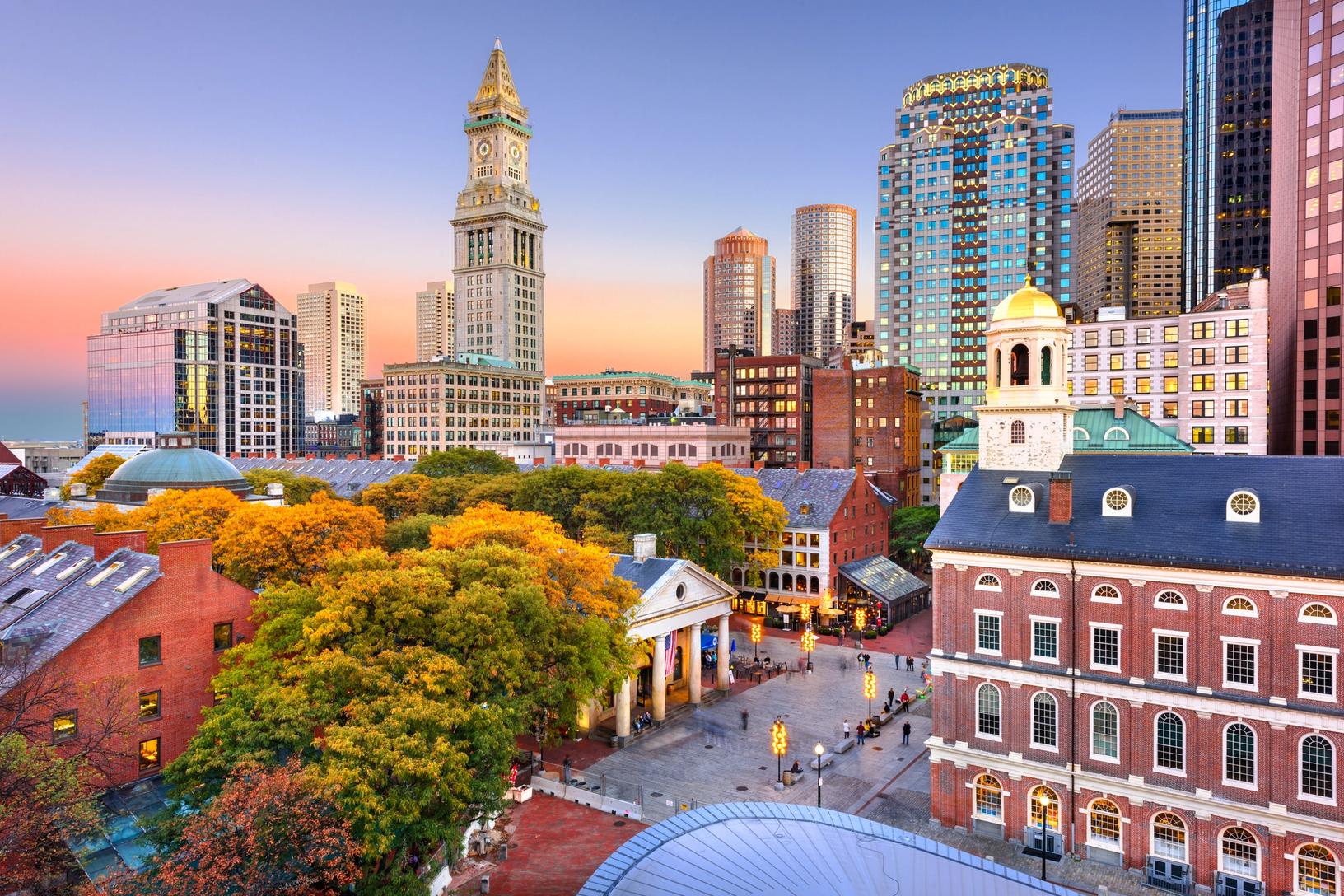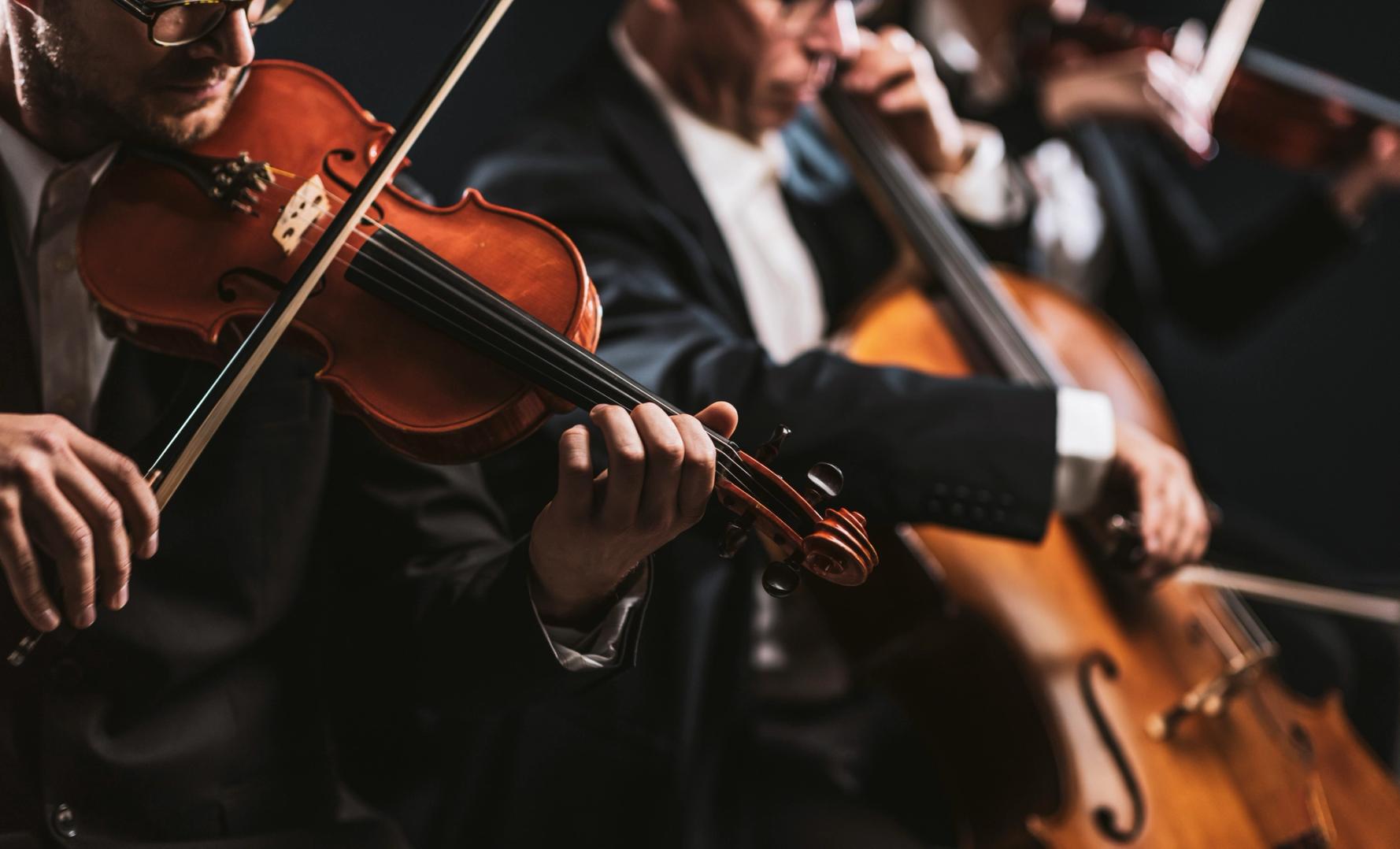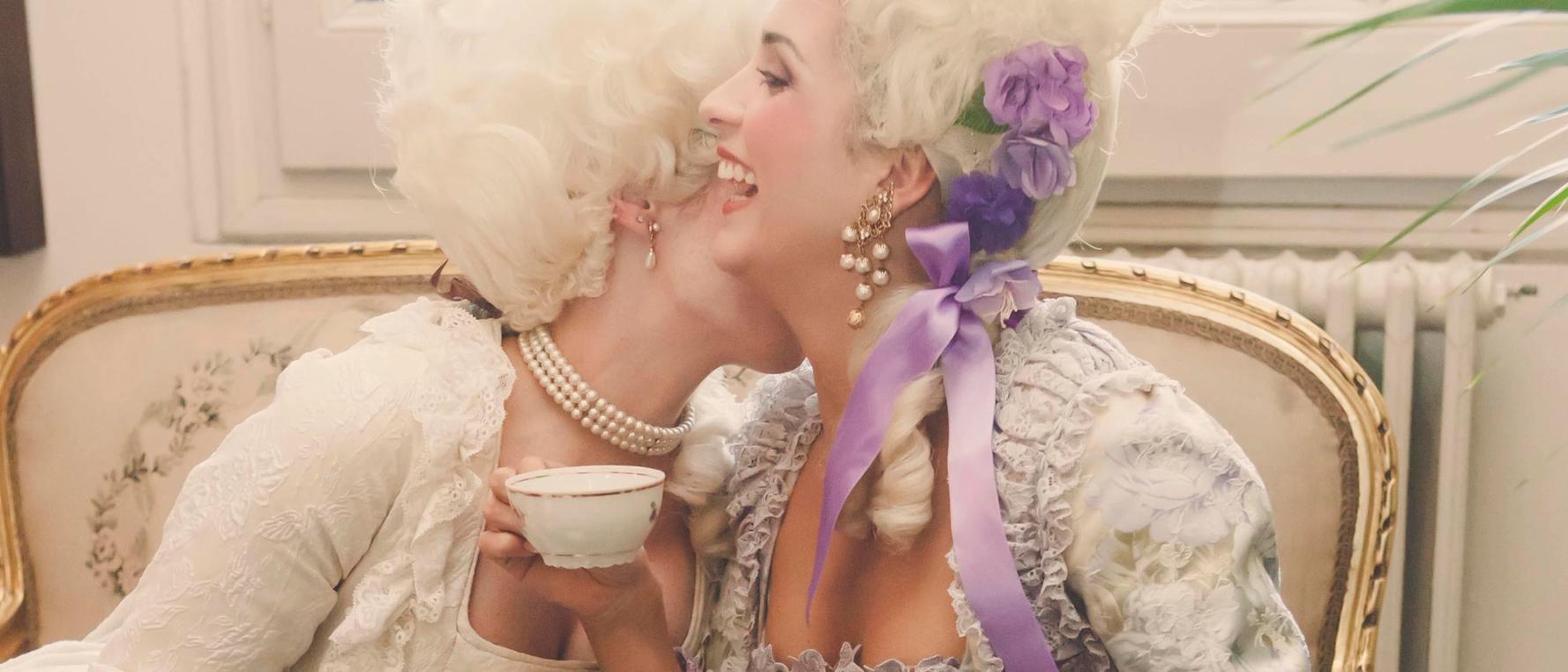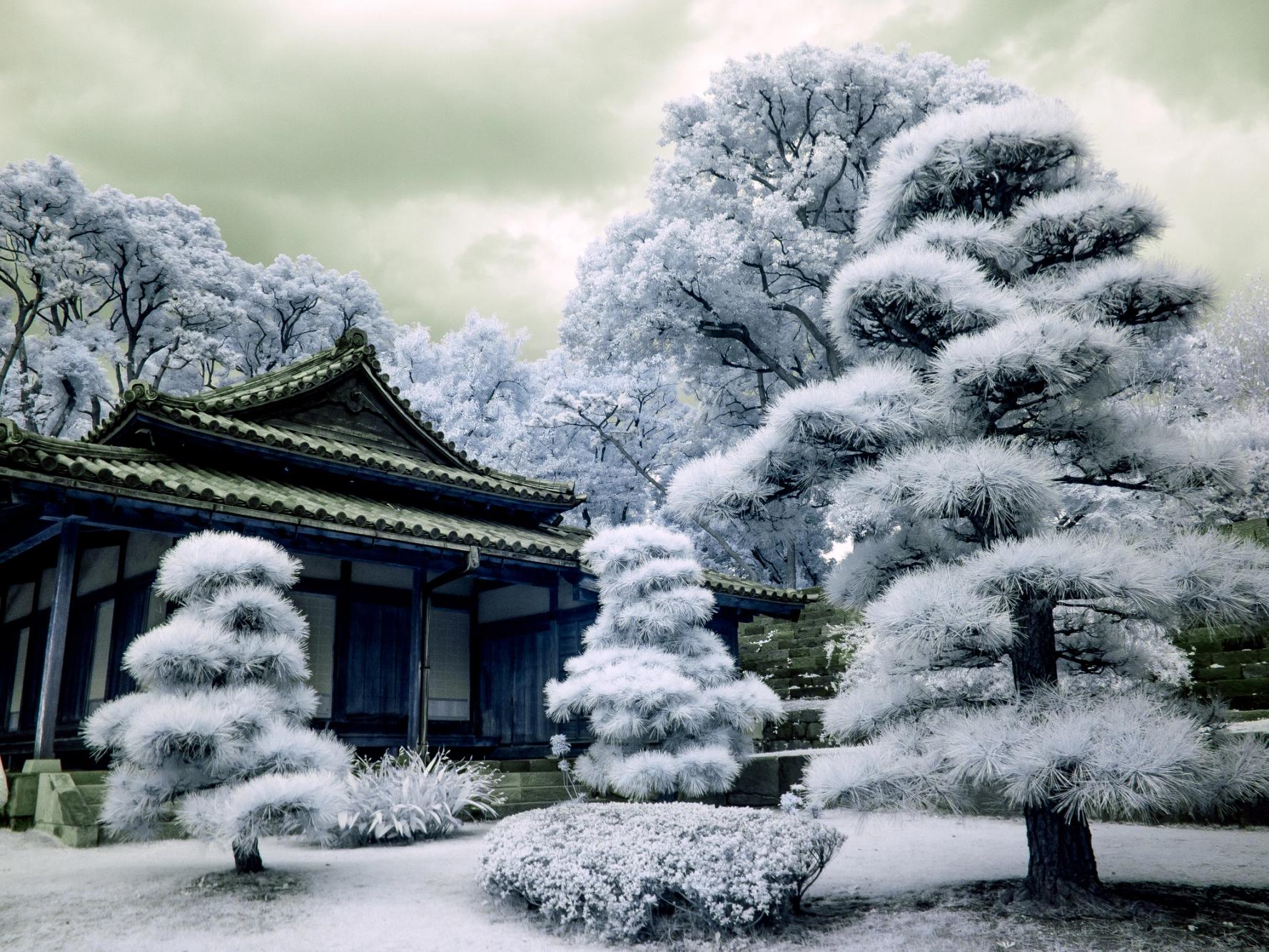
Sunday, April 8, 2024 – Photo of the Day – Shanghai, China

Where in the World Are We?
We are in Shanghai, China, in Southeast Asia.

SHANGHAI, CHINA
THE UNIQUE BLEND OF CULTURES AND PEOPLES LEFT A MEMORABLE LEGACY
Although remains dating back to the Neolithic period attest to the presence of humans in the area 6 millennia ago, the
expansion of this emblem of twenty-first century China, only really began with the arrival of the West and the Opium
Wars. Originally called Hua Ting, Shanghai was once a fishing village. Thanks to its position at the confluence of the
Yellow Sea, the Yangtze and Huangpu Rivers, it quickly became a relatively prosperous trading centre. Just before the
arrival of the Westerners, the city was of medium size, with a population of around 200,000.
After the First Opium War and the ensuing trade treaties, Shanghai became a free city for international trade. Its
expansion was reinforced by the second Opium War, which brought the city under Western control with the British,
French and Americans, joined by the Japanese after the Sino-Japanese War of 1894-95.
Shanghai became the richest city in China thanks to opium, silk and tea trades. This prosperity was mirrored by a dark
side, with gambling, prostitution and vice becoming major industries, giving the city the aura of adventure that it has
long retained in the Western imagination. In the 1920s and 30s, Shanghai, the financial centre of Asia, was a beacon
for the arts, cinema and theatre, where people came to indulge and have fun and in 1938, the city ranked as the fifth
largest port in the world. But domination by foreigners and the Mafia fuelled public resentment and Shanghai is also
the birthplace of the Chinese Communist Party and where the first strikes broke out.
The Second World War saw the end of foreign concessions. The Japanese occupation combined with the victory of Mao
Zedong and the Communists in 1949 hastened the city’s decline. A symbol of capitalism and foreigners, Shanghai
was sulked into oblivion for decades. Between 1968 and 1976, one million of the city’s inhabitants were deported to
the countryside in the name of the Cultural Revolution. It wasn’t until Deng Xiaoping’s reforms and the 1990s that
Shanghai was rehabilitated. Within 10 years, the city had regained its superb reputation and was once again a major
economic centre. In 2005, it was home to 20% of China’s industrial population. Today, the dynamic city has once again
become a major financial and commercial centre, with modern architecture and a vitality that commands respect.
SHANGHAI TIANZIFANG
A touristic arts and crafts district with less-expensive restaurants, bars, and cafes in Shanghai in the Old French Quarter. Unlike the better known Xintiandi area nearby, the area retains an “organic and original” feel and it is a favorite place to go for many tourists due to the old-style buildings, narrow alleys, and unique atmosphere.
SIGHTS
- Nanjinglu Street
- Jin Mao Tower
- Shanghai Urban Planning Exhibition Center
- Jade Buddha Temple
Today’s Excursion – Shanghai Old & New
We experienced a sample of Shanghai’s old and new attractions driving through this bustling metropolis seeing the major
points of interest that include the following:
The Bund
We drove through the most famous of Shanghai’s streets – the symbolic Bund. To the Europeans, the Bund was Shanghai’s Wall Street, a place where fortunes were made and lost. Along this waterfront embankment stand some of the city’s most prominent landmarks.
The Former French Concession Area
In the 1920s and 1930s, the French Concession was known for its lawlessness and decadence. As the foreign diplomatic quarter, it features top hotels, great shopping, bars and restaurants in art deco buildings. Huauhai Road, the former Avenue Joffre, is one of Shanghai’s favourite shopping streets.
People’s Square
Located at the very centre of the city, People’s Square is a garden-type open space surrounded by buildings and facilities for administration, cultural activities, transportation and commerce. The total green areas in the square cover 80,000 square meters. Seemingly the only broad expanse in the city, spreading before the newly built Museum, People’s Square is now the most popular place for city residents to unwind.











Pudong New Area
Your sightseeing drive takes you through this area established in 1990 and through the tunnel under the Huangpu River. Pudong is the city’s hot spot for investment in China. It consists of four key areas: the Finance and Trade Zone, the Jinqiao Export Processing Zone, Bonded Zone and Hi-Tech Zone.
Oriental Pearl Tower
At a height of 1,535 feet, this is the tallest TV tower in Asia and the third highest in the world after Toronto and Moscow.
Shanghai World Financial Centre
The 1,600-foot-high Shanghai World Financial Centre (SWFC) is currently the world’s second tallest completed building by roof, and the tallest building in China. It is a mixed use skyscraper which consists of offices, hotels, conference rooms, observation decks, and shopping malls on the ground floors.
Jin Mao Building
A silvery pagoda, a rising bamboo shoot, an upright pen – these are images evoked by the 88-storey-high Jin Mao Building in Pudong. It is one of the landmarks of Shanghai and a soaring monument to the city’s economic boom. We enjoyed the panoramic view from the Observation Lounge on the 88th floor.









That evening we had a World Cruise Event with dinner and entertainment at the Pearl TV Tower revolving restaurant.
We enjoyed 360 revolving degrees of sensory thrills, where tech and art converge with legend to unveil a night of haute cuisine nd immersive entertainment. We enjoyed a private venue atop Shanghai’ iconic Pearl Tower 886 feet above the city. We enjoyed a stylish greeting with canapes and champagne as a duet of piano and erhu (Chinese fiddle) fills the air. The energy shifts with the beat if imperial drums and dancers amping up the celebration. A glamorous, multi-course parade of culinary delights follow while glow-in-the-dark custom art and secret messages mix with an ancestral lure to hype up the guesswork for what’s to come. Nowhere on earth does a past, present, and futuristic style collide more cosmically that it does here in Mo Du, the ‘Magic City.’ We experienced a vibrant, moving explosion if sights, sounds, and tastes like no other.













Slow-cooked Australian Wagyu Beef rib, bok choy, shrimp fried rice

Chilled mango sago sweet soup, Hainan pomelo, basil seed, Moutai mousse


















Check out today’s Chronicle.
